Importance of Balance Training
Why is balance so important? Having poor balance is the biggest risk factor of falling. Here are some interesting stats found by Kin (2022).
-About 36 millions falls are reported amongst older adults each year.
-Over 30% of people aged 65+ experience at least 1 fall per year.
So what can you do to prevent falls? Stay active, but most importantly, do balance training.
Have a read through these balance guidelines:
*How often: at least 3+ times per week.
*Where: Anywhere
*How: Come to the gym and speak to one of our trainers.
Here are some examples of balance exercises:
*Squats
*Single leg and tandem balancing
*Sideways walking
*Zig Zag walking
*Crossover walking (grape vine)
*Sit to stands (no hands)
*High knee lifts
In summary. balance:
*Prevents falls
*Reduces risk of injuries
*Improves the ability to perceive space &
*Improves joint mobility.
So think about including a few balance exercises into your next training session.
-About 36 millions falls are reported amongst older adults each year.
-Over 30% of people aged 65+ experience at least 1 fall per year.
So what can you do to prevent falls? Stay active, but most importantly, do balance training.
Have a read through these balance guidelines:
*How often: at least 3+ times per week.
*Where: Anywhere
*How: Come to the gym and speak to one of our trainers.
Here are some examples of balance exercises:
*Squats
*Single leg and tandem balancing
*Sideways walking
*Zig Zag walking
*Crossover walking (grape vine)
*Sit to stands (no hands)
*High knee lifts
In summary. balance:
*Prevents falls
*Reduces risk of injuries
*Improves the ability to perceive space &
*Improves joint mobility.
So think about including a few balance exercises into your next training session.
.
MENTAL HEALTH
Join Now
Rejuven8 HFC is a 24/7 gym. Workout on your own or have a program created specifically for your needs by Exercise and Sport Science Australia (ESSA) accredited exercise science staff.
